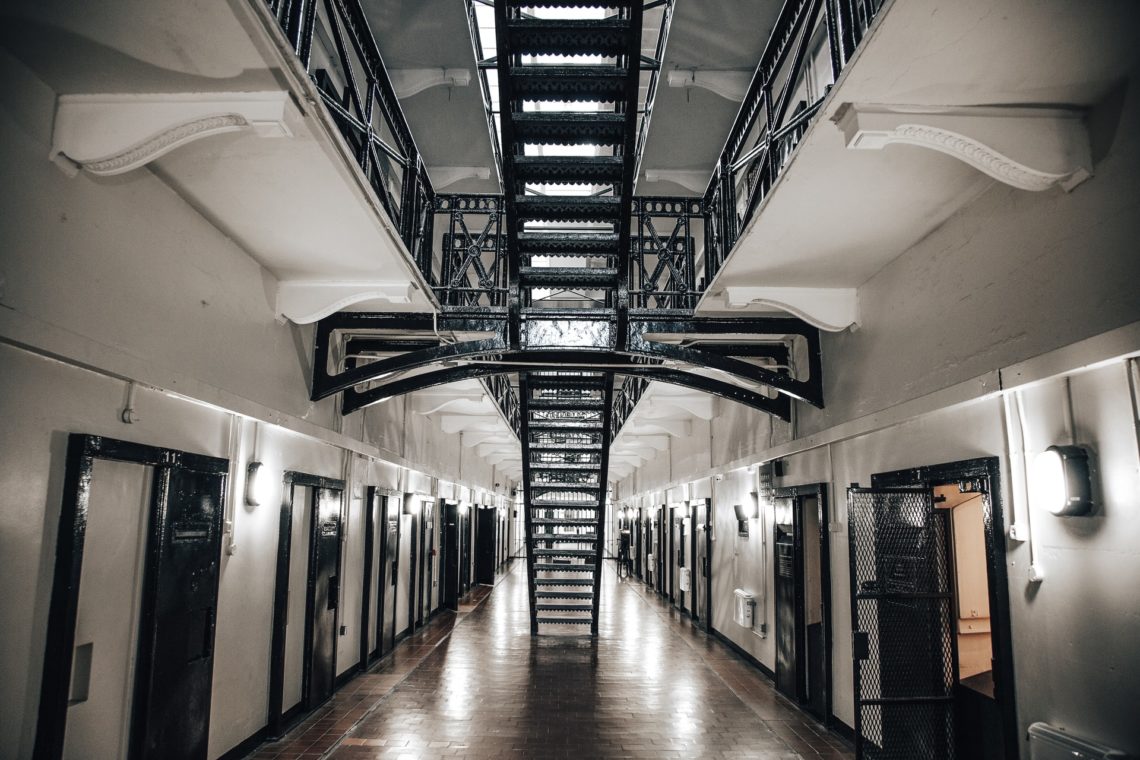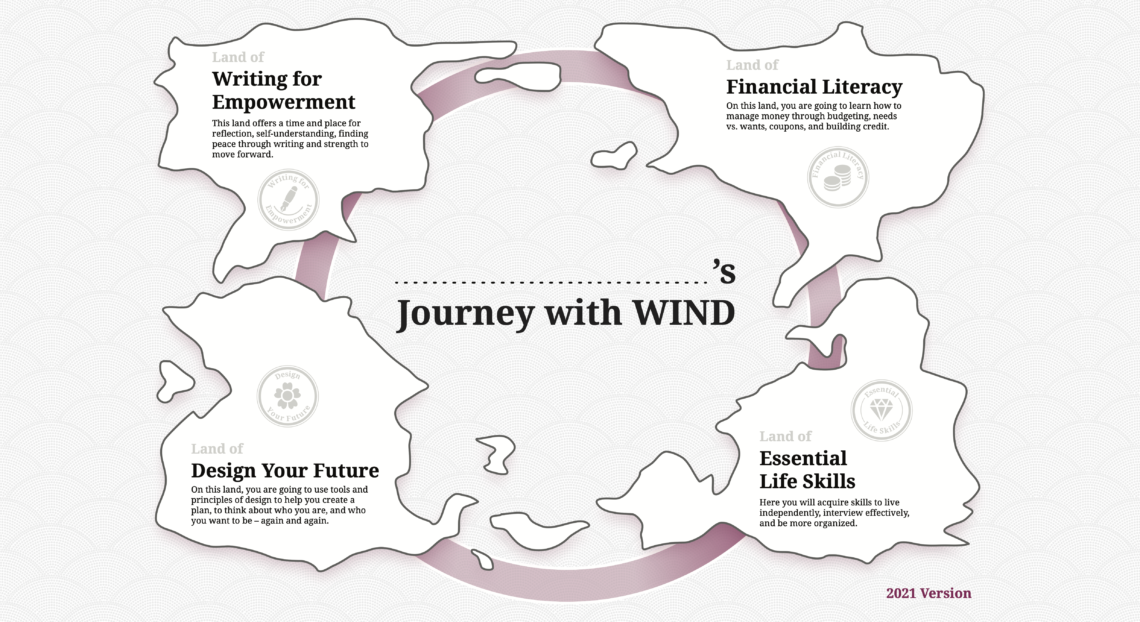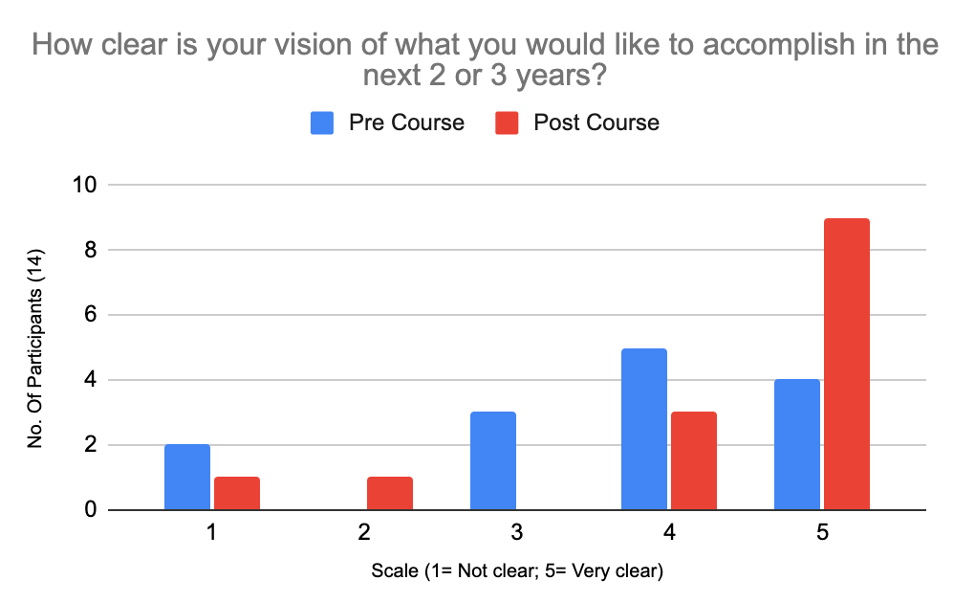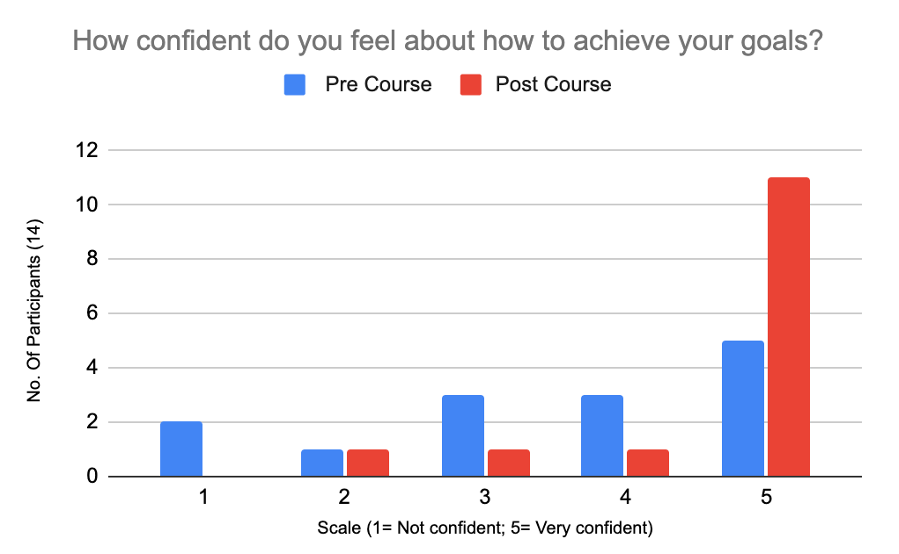
When the pandemic arrived in the US, prisons, jails, and re-entry houses were hit especially hard, quickly becoming COVID hotspots. In addition to threatening the lives of incarcerated individuals, the pandemic also shut down the educational services that are key to finding work and stability after release.
Access to education in prison has been shown to reduce recidivism rates by over 40 percent. Reentry programs with robust educational offerings similarly reduce rates of re-incarceration, with the first 72 hours after release being especially critical.
In 2019, ID adjunct faculty Kelly Costello co-founded WIND, Women Initiating New Directions, with Tracy Lawson McKeithen and Lisa D’Angelo. WIND supports current and recently incarcerated women with educational programs at Cook County Department of Corrections (CCDOC) and Grace House, a residential re-entry program. The classes—which include essential skills, financial literacy, writing for personal growth, and a course called Designing Your Future—focus on supporting the whole person as they rebuild support systems and re-envision their life paths after incarceration.
When the pandemic forced widespread lockdowns, the classes ended abruptly at CCDOC. Grace House was able to continue by holding classes outdoors until cold weather required classes to move to Zoom. But the virtual classroom posed a new set of challenges.
To better understand and solve for the many challenges of teaching in jails and re-entry centers during a pandemic, Kelly Costello partnered with ID clinical professor Tomoko Ichikawa through her communication design course. Initially, the project aimed to redesign educational materials to better meet the needs of remote learning. But as the team of four students—Jocelyn Jia (MDes 2022), Haiping Liao (MDes 2021), Anand Nagapurkar (MDes 2021), and Callie Zhou (MDes 2021)—assessed these contexts, they realized they needed to look beyond materials to the entire learning experience.
Designing for human connection
The ID students conducted in-depth interviews with CCDOC and Grace House directors and staff as well as WIND facilitators to understand the students’ learning environments and the instructional challenges. But it wasn’t until the team had the direct experience of shadowing Zoom courses that they grasped the full scope of the challenge:
Through their observations and interviews, the team identified a set of six design principles focused on rebuilding the sense of connection that was lost with the COVID restrictions: accessibility, flexibility, equitability, relationship building, engagement, and transparency.

Support and connection before, during, and after the course
Guided by these six principles, the team generated seed ideas through a co-design workshop with WIND facilitators, followed quickly by prototypes that could be tested in real time. The result was a suite of recommendations to provide connection and guidance at all points before, during, and after a module.
To orient the women to the learning experience, the team created a set of pre-module processes and components that included a welcome letter with facilitator bios. The women chose a facilitator based on those bios, creating more agency in their learning journey. The women also completed a pre-module survey, allowing the facilitators to create lessons tailored to the group’s specific learning goals and educational backgrounds.
Student welcome kits included a journey map to help the women understand the Designing Your Future course, as well as an overall journey map visually representing how each module fit together. Grace House students also receive a phone holder with Zoom etiquette tips to improve communication.
To help facilitators build and maintain connection throughout the course, the ID team developed a newsletter that recaps key learnings and shares student work each week.

As the women finish each module, the ID team saw an opportunity to keep their momentum going by celebrating each participant’s accomplishments. WIND implemented ID’s recommendations that facilitators provide handwritten letters to the participants, reflecting on their learning journeys, along with a copy of their work and a list of resources for ongoing support.
WIND also started assessing the impact of the course through a post-course survey that the ID team created

The ID team’s design solutions allowed the CCDOC Designing Your Future class to resume in April 2021 after being on pause for over a year.
Designing for context meant not only considering COVID restrictions, but also the inherent limitations of jails, re-entry houses, and limited nonprofit budgets. Thus, the final products aren’t static, but dynamic digital components that WIND plans to adapt as needed to keep providing strong educational programming throughout the pandemic and beyond.
Continuing and expanding
In the summer of 2021, the project was further developed by Anand Nagapurkar and ID fellows Priyanka Lalwani (MDes 2023) and Victoria Marie Williamson (MDes 2022).
The program is also evolving by adding Lived Experience Leaders to its classes. Through a grant from Northwestern University, the WIND team will be training and hiring women who have transitioned out of CCDOC and Grace House to become program facilitators. These new leaders will provide further insight and direction by working with the ID team in co-designing class components.
ID’s design solutions have enabled WIND to relaunch classes and deepen learning as the program continues adapting to the ongoing pandemic. Beyond the pandemic, WIND hopes that ID’s work can help bring the program to other parts of Illinois and potentially other states.